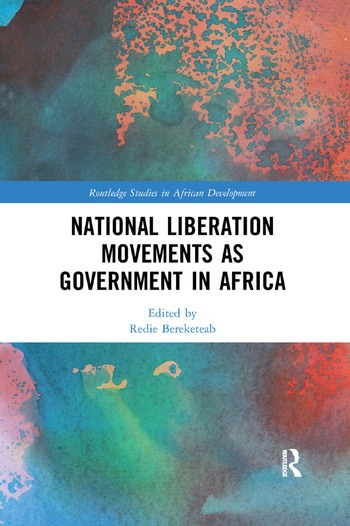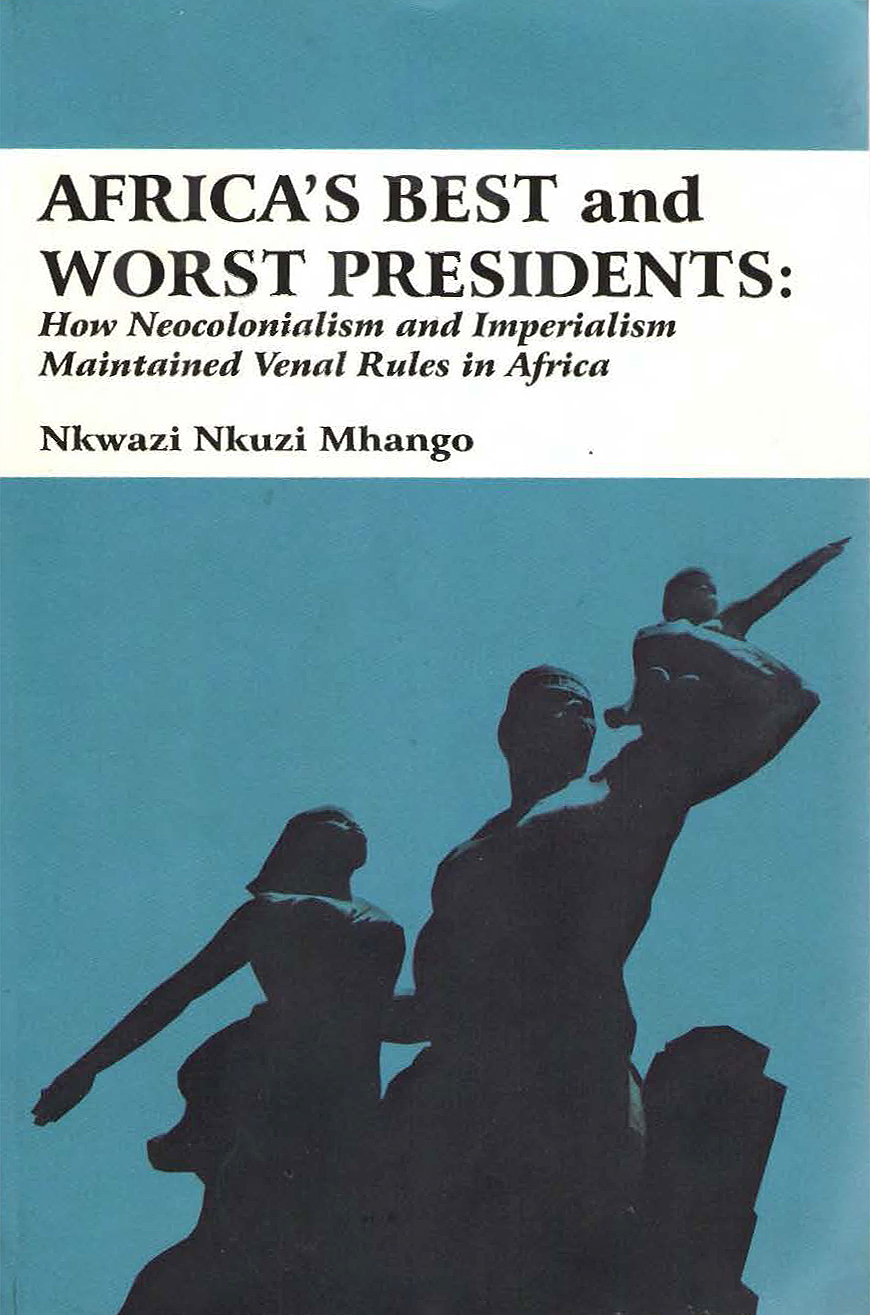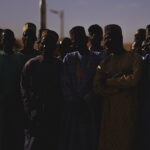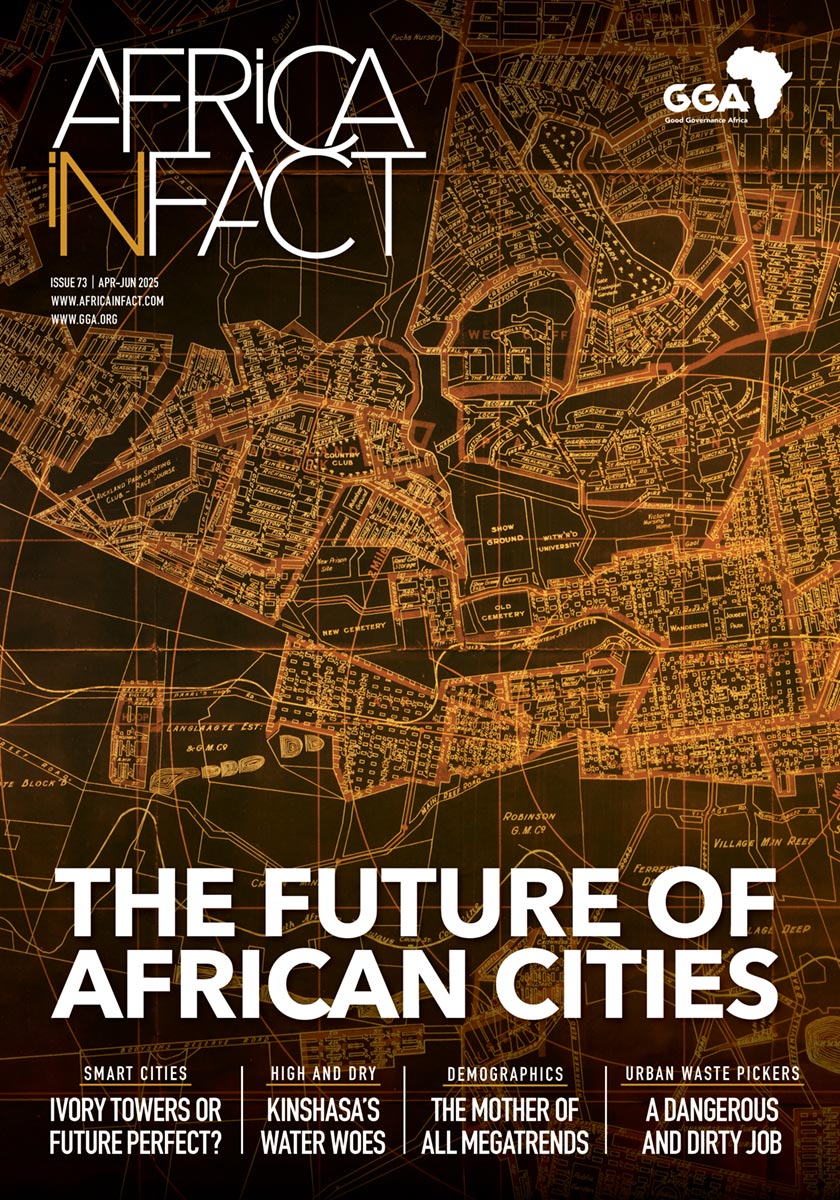Book review
Buried Beneath the Baobab Tree by Adaobi Tricia Nwaubani and Viviana Mazza; published by Harper Collins 2018
 Buried Beneath the Baobab Tree is the heartbreaking account of a true- life event that happened in the small north-eastern Nigerian town of Chibok.
Buried Beneath the Baobab Tree is the heartbreaking account of a true- life event that happened in the small north-eastern Nigerian town of Chibok.
On April 14, 2014, 276 girls, affectionately known as the Chibok girls, were kidnapped from their secondary school by the extremist Islamic terrorist group Boko Haram and taken to a hideout in the Sambisa forest. On that fateful night 57 girls managed to escape by jumping off the trucks they had been loaded onto; the remaining 219 were not so fortunate.
The abduction received global media coverage, resulting in the social- movement campaign Bring Back Our Girls (BBOG). The BBOG drive was born out of fury and frustration towards former Nigerian President Goodluck Jonathan and his government for failing to take heed of the threat Boko Haram posed. The widespread outrage attracted the attention of influential individuals such as former US first lady Michelle Obama and renowned activist for female education Malala Yousafzai, both of whom joined the campaign to show their support.
The main purpose of this book is to ascribe names and faces to the girls and to keep the memory of their experience alive. As expressed by co-author Viviana Mazza, “To this day, few people around the world know any of these young women’s names. They are just numbers. They are faceless. We wanted these girls to be seen not just as numbers but as the curious, ambitious, and lovely daughters families wanted to see again.”
Mazza and co-author Adaobi Tricia Nwaubani narrate the event in an exceptionally unique way, documenting the tragedy by combining a fictional story and a non-fictional account – taken from the viewpoint of the surviving girls and their families.
The fictional story (written by Adaobi) is centered on the life of perceptive adolescent Ya Ta, and her friends Sarah and Aisha. Due to her outstanding performance at school, Ya Ta applies for a Borno State scholarship for exceptional high school students from disadvantaged families. Acceptance into the scholarship programme will enable Ya Ta to fulfil her dreams of attending university, earning a university degree she hopes will improve the lives of her family and friends. Her dreams include sending her young brother to secondary school and university, purchasing items such as a new mattress for her mother, an endless supply of batteries for her father’s radio, pretty- looking sanitary pads and fancy shoes for her friends. Regrettably, her dreams never materialise as the trio are captured by Boko Haram soldiers during a village raid.
In emotive and precise chapters, readers are taken through a harrowing account of their experiences in the Sambisa forest, where they were held captive for years. Ya Ta’s painful journey from slave to Boko Haram wife exposes the cruelty of extremists and the life-changing effects of their actions. As expressed by international journalist and former CNN news anchor Isha Sesay: “For this, we should all feel shame: shame that we live in a world where the lives of young girls can be shattered with impunity by fanatical thugs.”
The second section of the book, the afterword, is based on the testimonies of the escapees, survivors and their families. It describes in detail the actual events as they occurred. Mazza begins her afterword by looking at the history of Boko Haram since 2009, even though the extremist group is believed to have been in existence since the late 1990s under the leadership of its founder, the late Muslim cleric Mohammed Yusuf. Since 2009, however, Boko Haram has been fighting an armed insurgency aimed at creating an Islamic state in northern Nigeria. Their main tactics include bombings, village raids, abductions, and massacres.
Active and thorough research was conducted to enlighten readers on events not commonly known about the kidnapping. For instance, in the aftermath of the abduction, Adaobi travelled with journalists to remote Nigerian villages, including Chibok, and in June 2015 Mazza attended one of the BBOG protests in
Abuja. Both women witnessed firsthand the anguish and desperation of affected families and relatives. For years the pair followed events daily and developed relationships with the parents, who waited anxiously for their daughters’ return. Interviews were also conducted with some of the girls who escaped. One of these girls is Rebecca Yishaku. In an interview with Mazza, Yishaku revealed that she suffered from nightmares about her best friend, Saraya Yanga, and the other abducted girls and, like others, struggled with the guilt of leaving her best friend behind.
In October 2016, the first 21 Chibok girls were released, followed by 82 more in May 2017. In both instances, following negotiations between the government and the militants, the girls were exchanged for captured Boko Haram commanders and undisclosed ransom amounts, although the Nigerian government denied that ransoms were paid.
The authors describe the emotional and societal issues the girls continue to face as they attempt to integrate back into society and live “normal” lives. They have had to navigate psychological and trauma assistance, reintegration into a society that still stigmatises victims, the deradicalisation of converted girls and the babies conceived out of forced marriages, sexual slavery and rape – not to mention the stigmatisation of innocent babies born in these.
The extremist group continues to rain terror on civilians in Nigeria’s north-east and, to date, there are still more than 100 Chibok girls in captivity as well as many other women from smaller Nigerian towns. On 14 April, 2019, the fifth anniversary of the Chibok kidnappings, President Muhammadu Buhari reiterated a promise that his government would not rest until all the girls were reunited with their families. He posted on his official Twitter account: “Today marks five years since the abduction of our Chibok daughters. We have succeeded in bringing back 107 of them, but we will not rest until all the remaining girls are back and reunited with their families. I made this promise when I became president, and I will keep it.”
Despite military interventions and support from international partners such as the Swiss government and the International Red Cross, Nigeria’s fight against Boko Haram remains one of the country’s deadliest conflicts. Their acts of terrorism continue to cause wanton destruction and loss of lives.
In honour of the Chibok girls and as a tribute to the International Day of the Girl Child, which is celebrated on 11 October every year, this book is a timely reminder that it is up to everyone, whether on a professional, personal, or communal level, to strive to transform the girl child narrative from its current state of neglect, marginalisation and inequality to one of protection, inclusive empowerment and equality.
Sarah Nyengerai is an academic and freelance writer based in Zimbabwe with a strong passion for social, cultural, economic and political issues that affect women. She believes literary works form the foundation for the dialogue required to sustain momentums of change and aims to bring attention to such matters. A member of NAFSA (Association for International Educators) and Forum for African Women Educationalists (FAWE), Sarah is actively involved in the advancement of education for women.














